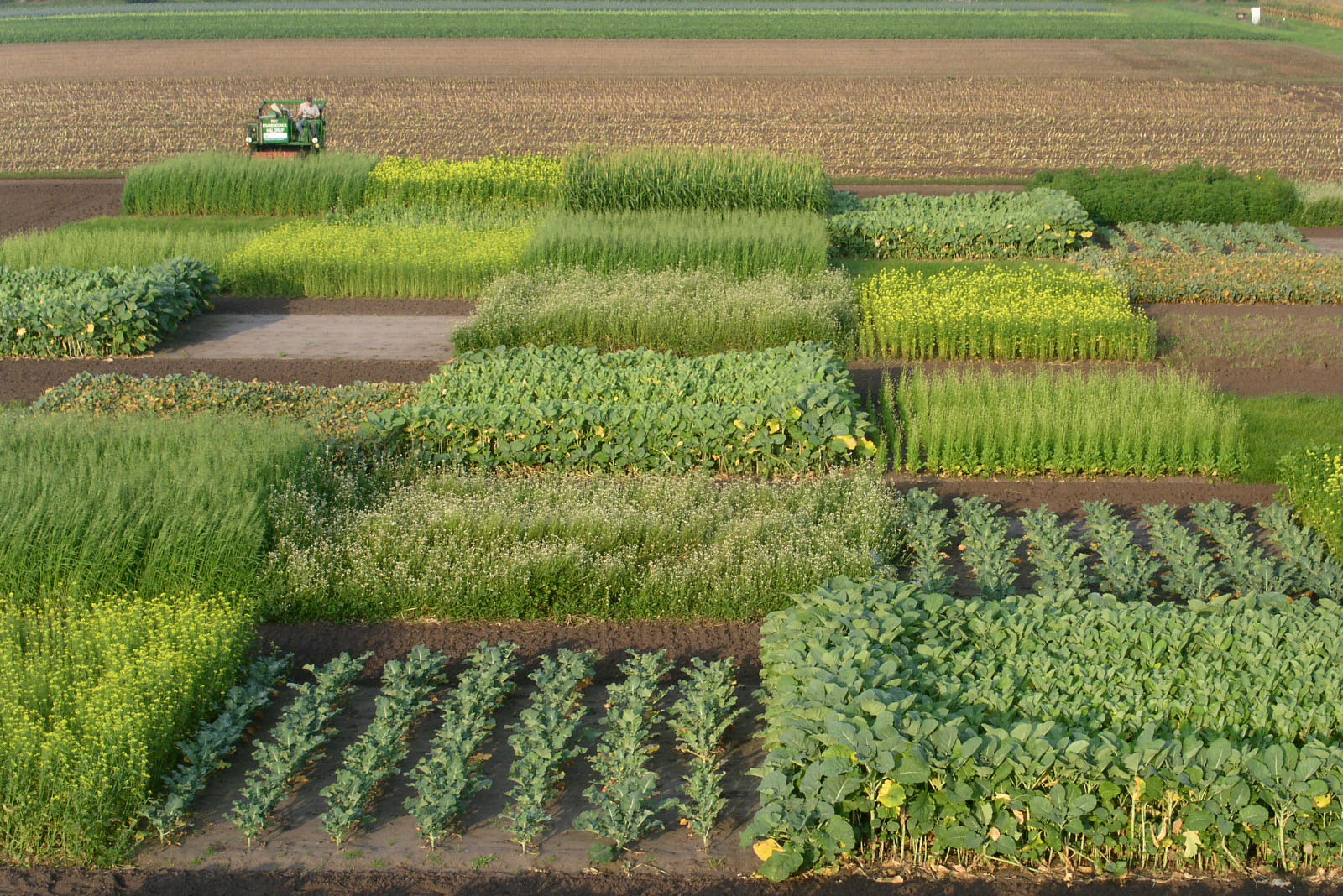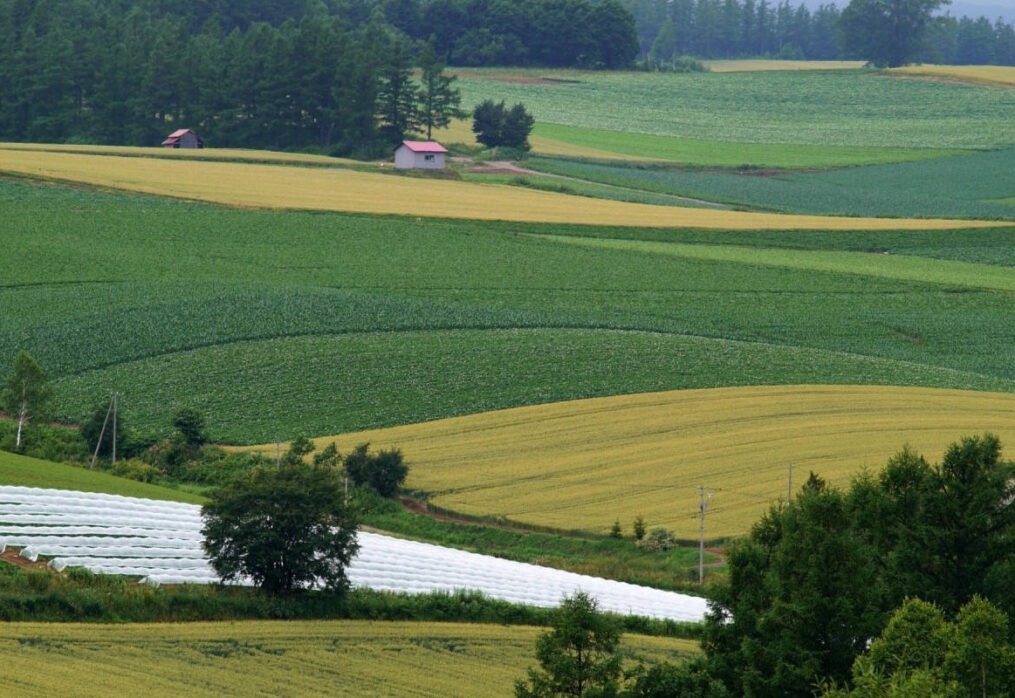Chinese scientists introduce multiple cropping for crops
China hopes multiple cropping will help boost crop yields
China is introducing multiple croppings of soy and corn. Scientists hope the approach will help increase crop production in a country with limited arable land.
Chongqin province is testing the technology. Here, researchers use strip cropping for various varieties of the two crops. The Ministry of Agriculture of the People’s Republic of China is supporting the project. Scientists have been working on the project for two years. They are paying particular attention to the combination of specific varieties of corn and soybean, as well as to the proportions of crops planted. The researchers have also used agrochemical protection and seed inoculation before planting.
As a result of the extensive selection, the researchers settled on dwarf and semi-dwarf corn varieties. Key characteristics of the varieties:
— high resistance to lodging;
— moderate active growth period;
— shade tolerance.
These species combine well with some soybean varieties, including spring soybeans. Tests have shown high yields for both crops when sown together. Scientists have developed a special system for simultaneous planting and harvesting. They have also adopted rules for mixed production that structure all cultivation processes. Only Chongqing has used this approach so far. If successful, farmers from other provinces will be able to adopt strip planting.
Testing a mix of three crops
Scientists are looking at the possibility of combining soya, corn, and potatoes. At the end of 2023, a research team made up of specialists from various institutes will start work. They are selecting seeds and experimenting with planting them in the Fengjie area. They have already obtained initial results:
— the average yield of the multiple croppings of potatoes, soya and spring corn was 155 kg per mu (one Chinese mu equals 0.0667 hectares);
— the researchers harvested 2,500 kg of potatoes per mu;
— soya production per mu was 100 kg;
— the corn yield was 500 kg per mu.
However, the researchers point out that combining the three crops for simultaneous cultivation is difficult. Many factors need to be considered, and the right proportions chosen. One of the problems with such crops is the lack of light. For example, corn sprouts limit the light that reaches the potatoes. This is not the case with soya. Researchers are considering the possibility of reducing corn production. Soybeans and potatoes would then receive more light. At the same time, growing and harvesting three crops is possible. Scientists are also experimenting with the order of plots to find the best solution.
